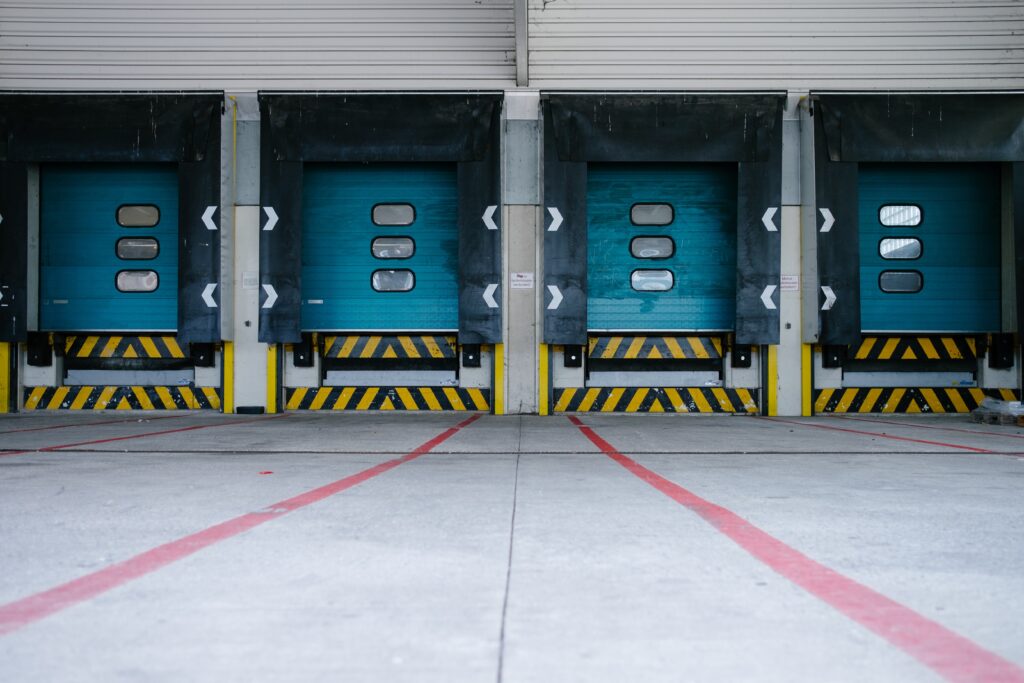2020 State of Logistics Report Highlights How Supply Chains are Battered but Not Broken

GDP forecasts for 2020 and 2021 are being revised downward as supply chains are navigating unprecedented waters
The 31st annual State of Logistics Report will be introduced virtually this morning by the Council of Supply Chain Management Professionals (CSCMP). Researched and prepared by global consulting firm Kearney and presented by Penske Logistics, the publication’s 2020 theme is Resilience Tested.
Across three-plus decades, the report has offered a snapshot of the American economy through the lens of the logistics sector in the overall supply chain. It is a rigorous compilation of leading logistics intelligence from around the world, shines a spotlight on industry trends, and offers key insights on the ever-evolving industry supply chains.
Currently, GDP forecasts for 2020 and 2021 are being revised downward as supply chains are navigating unprecedented waters in the United States and around the world.
Before the COVID-19 pandemic struck, supply chains were lauded for their ultra-efficient, single-source and just-in-time capabilities. Now, the report notes that the logistics field will need to construct entirely new levels of supply chain resilience.
Companies that manufacture goods and services will begin to further value resilience in new ways and it will transform the way companies think about supply chains.
Key report findings:
- In 2019, the national economy completed a strong year with 2.3% growth, taking the U.S. economy to $21.43 trillion in GDP. The logistics industry supporting that economy grew as well, to $1.652 trillion in expenditures. Its productivity improved, bringing its cost to 7.6% of GDP, an improvement from 7.9% the previous year.
- Road freight, the biggest segment of U.S. logistics spend, was already slowing down in 2019 after a torrid 2018 as years of scarce capacity and increasing rates reversed in favor of shippers.
- COVID-19 has been more economically damaging than a standard recession or an escalation of trade tensions. The current pandemic-driven recession ended 126 months of growth, the longest economic expansion in U.S. history.
- The pandemic and public response has accelerated an already fast growth in e-commerce, which has different logistics needs than traditional retailing.
- When the economic recovery begins to occur, it will likely be uneven and staggered.
- The consumer confidence index dropped 18.1 points in early April; March saw an 11.9-point decline.
What are the steps needed to begin building long-term supply chain resilience?
- Supporting demand for surges in areas like groceries and e-commerce.
- Reconfiguring supply chains for other sectors, like heavy industry, that have cratered.
- Adapting to the residual effects of social distancing: The industry is accommodating an even larger consumer appetite for home deliveries.
- Redirecting idle trucks and distribution center capacity to the booming sectors, companies must recognize, though, that even with their renowned agility, logistics providers cannot reconfigure all their capabilities and relationships on the fly.
- Supply chains will need to be more flexible to cope with uncertainty. That will result in less emphasis on lean operations and more on optionality and inventory.
- Will this all lead to more reshoring of manufacturing operations?
- The advancement of 5G technology will play an important role in further increasing supply chain visibility.
Rick Blasgen, president and chief executive officer of CSCMP: “2019 was a strong year for logistics activity, and the numbers we saw at the beginning of 2020 seemed to be our way of welcoming the new decade. To say that everything changed is an understatement. Supply chain management professionals deal with change daily, and many in our industry have led efforts in adapting, innovating, and managing through unprecedented disruption while simultaneously creating new operating models. This report provides both a historical snapshot, and also a portal into what you need be ready for in the future. Adapt, improvise, overcome!”
“It is abundantly clear logistics have a driving role in assuring resilient supply chains,” said Michael Zimmerman, partner with Kearney and co-author of the 2020 report. “Logistics practitioners will need to become even more agile as they navigate recovery in the second half of 2020 and into 2021.”
“With the ‘reopening’ of American businesses, many supply chains have become off-balance,” stated Marc Althen, Penske Logistics president. “This is an important time to reevaluate your supply chain, from distribution points to modes of transportation, and the State of Logistics Report provides the level of insight necessary to make these types of critical decisions.”
Category: Driver Stuff, Equipment, Featured, General Update, Management, News, Transit News










